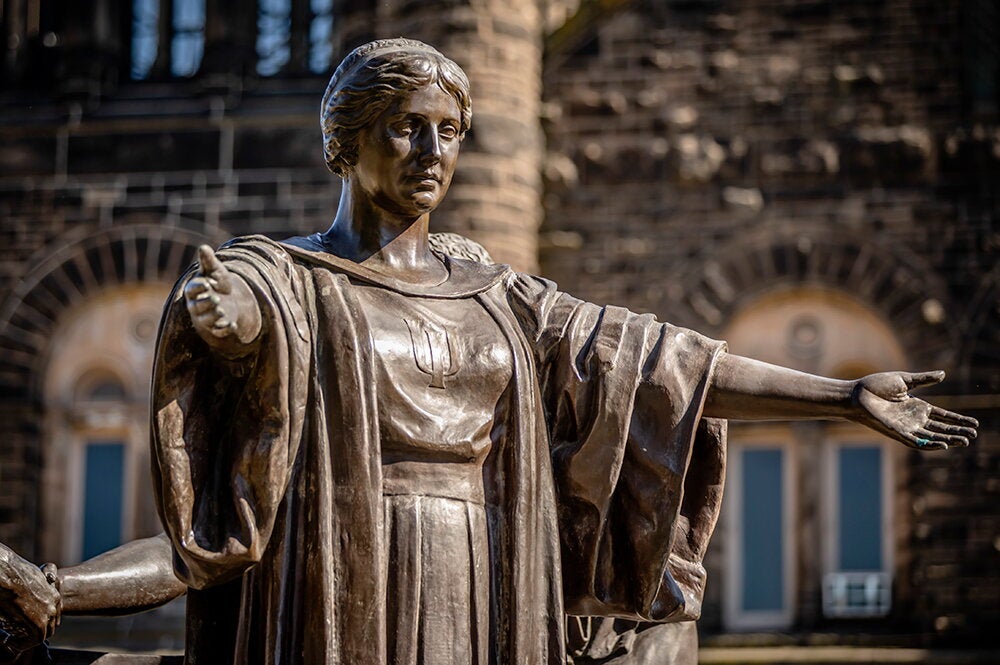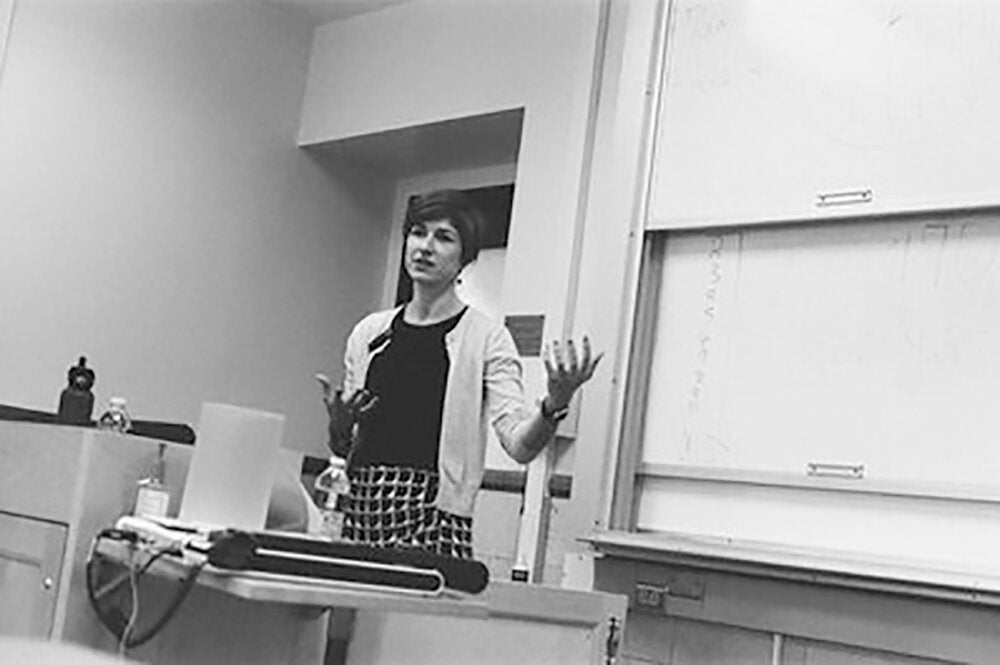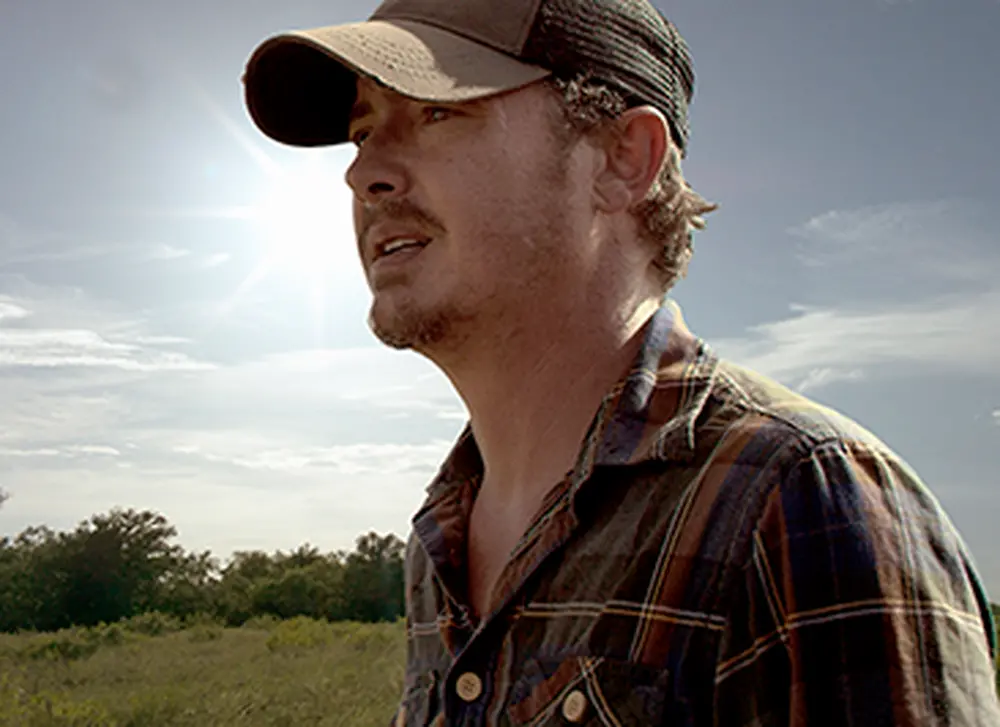
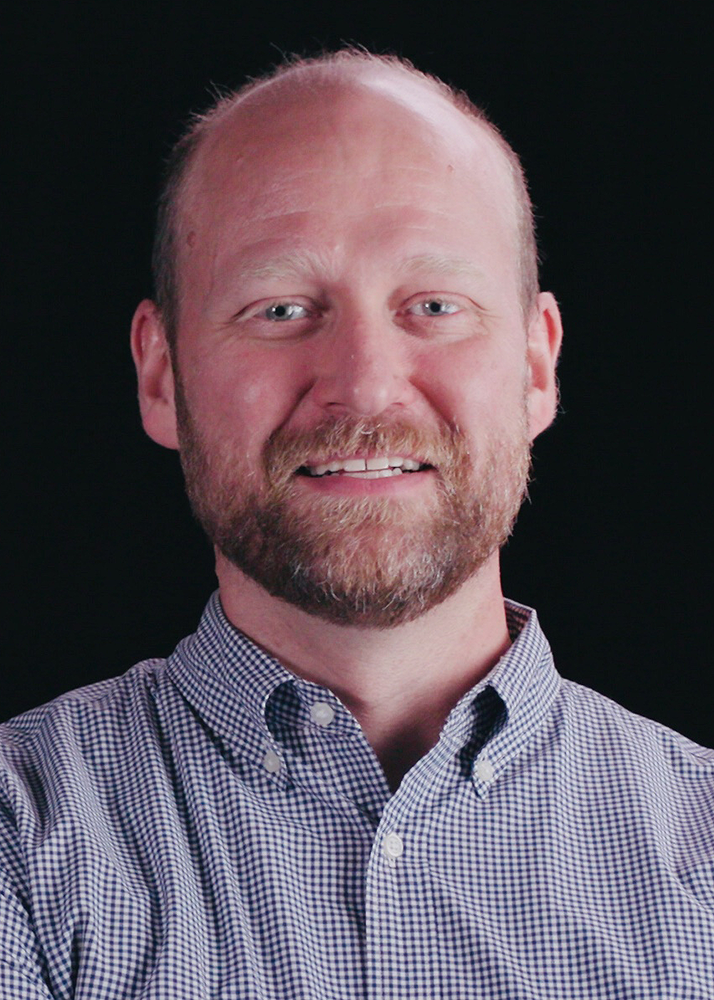
David Franklin has been interested in film for as long as he can remember. Franklin recalls spending most of his time at college watching films for class and writing movie reviews on his own time for The Daily Illini.
After graduating from Illinois, Franklin (BA, ’92, humanities) went on to film school at the University of Texas-Austin, and eventually became an editor and producer, most notably for CBS’ television series “48 hours” for which he won two Emmys—one as an editor in 2014 and another as a producer in 2015.
Then, after almost 10 years editing documentaries, Franklin felt he was ready to break into narrative filmmaking. This year, Franklin debuted his first feature film “As Far as the Eye Can See." As a director and storyteller, Franklin knew he wanted to show a side of small town America that he feels most people don’t always get to see.
The idea for the film originally came about in February 2013 when Paden Fallis, screenwriter for the film, and Franklin started talking about making their own movie. Fallis had always wanted to write a film about his grandfather living in East Texas on a farm, and Franklin suggested that they turn away from Fallis’ grandfather and instead write about an ambitious middle-aged man trapped on a run-down farm in a town that was no better. Fallis took the idea and ran with it, and just six months later the two had the first draft of the script.
“Making the film, the inspiration for me was to tell a story about rural America that was unconventional,” Franklin said. “I think that classical pianist isn't the first occupation you think of when you think small-town America, but many of America's finest pianists actually do hail from small towns. So I'm hoping that our film shows how 'high culture,’ which is often associated more with our big cities, is actually both familiar and meaningful to the people of rural America.”
“As Far as the Eye Can See” follows the story of Jack Ridge (played by Jason London who is best known for his role as Randall “Pink” Floyd in “Dazed and Confused”), a former piano prodigy living on a farm in Texas which he has let go to seed. Frustrated after his wife leaves him, Ridge punches a hole in a wall and injures his hand just a week before he is scheduled to perform in the annual county piano competition. Throughout the film, Jack is under a significant amount of pressure to sell his farmland as the town itself is becoming more and more desolate.
The film was nominated for the Golden Zenith at the Montreal World Film Festival, and also won the Festival Prize as Best Texas Film at the Lone Star Film Festival. In addition, David Franklin was nominated as best director and the film as best film at the Hill Country Film Festival.
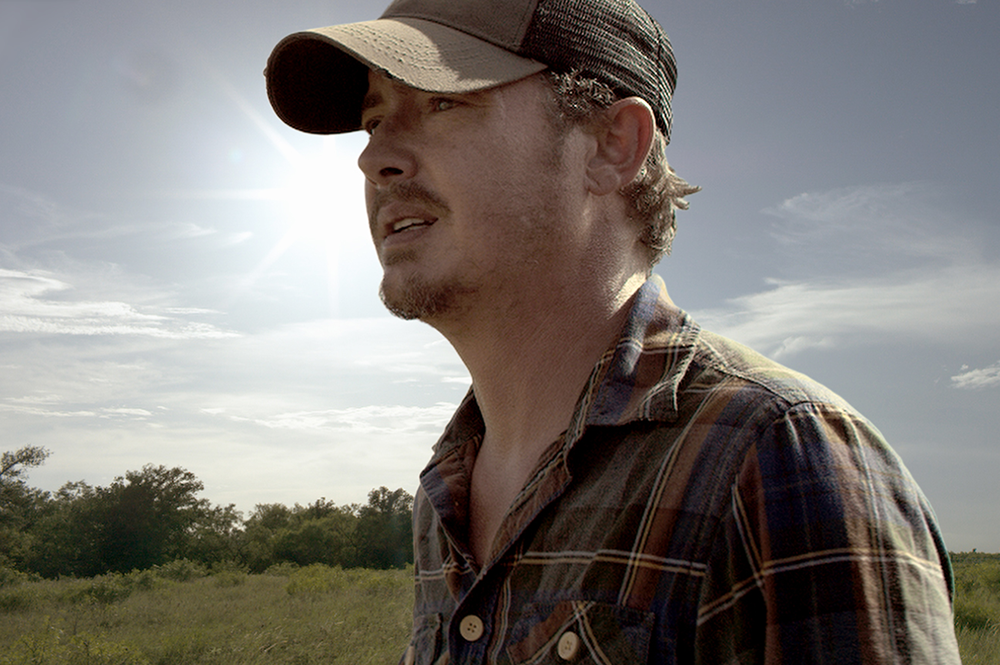
This being a low-budget independent film definitely came with its challenges, not to mention the fact that the majority of people working on the film, including Franklin, had never done something like this before. He noted that the general nature of the independent film industry always comes with some unavoidable difficulties, but it was an adventure for him to utilize the resources on hand and turn it into something he is proud of.
Franklin put a great deal of work editing special effects for the film. To give the illusion that the main character’s hometown was barren, Franklin needed to digitally remove reflections of people and cars from windows on set that weren’t intended to be there. In fact, there are more than 90 special effect shots in the film that Franklin had to incorporate in order to accomplish this.
In addition, Franklin and his team didn’t use an artificial movie set to shoot the film, which means they had no protection from the whims of mother nature. It rained throughout much of the filming.
Franklin returned to campus earlier this year for a free screening of his movie in Burrill Hall. He said it was both exciting and nerve-wracking to see how many people from his alma mater were interested in his work.
He said it was really interesting to see people watch his movie and note the raw emotion that audience members expressed as they were seeing the film for the first time.
“I think the thing that really excited me was that there were laughs in the movie that I didn’t know were there,” Franklin said.
Richard Leskosky, a film critic and retired professor of media and cinema studies at Illinois, was one of Franklin’s advisers when he attended Illinois in the 1990s. Leskosky said that in his 30 years as an educator and adviser for students, Franklin ranks among his top five best students.
“It’s always very gratifying to see one of your students finishing up a project like this,” Leskosky said. “It’s just enough to plan it and get the money together for (a film production), but actually finishing it and following through on it, that’s an accomplishment.”
Currently, Franklin is working on another script which will also feature a musician as the main character; however, Franklin feels the film will be entirely different than “As Far as the Eye Can See.”
Franklin noted that whether or not audience members enjoy the film, he hopes they all leave feeling something about rural America that they didn’t understand before.
“I hope viewers walk away feeling that the characters and their situations in our movie resonated with them, that they saw something of themselves in the movie, and that they felt energized to maybe do something they've been putting off doing in their lives,” Franklin said.
